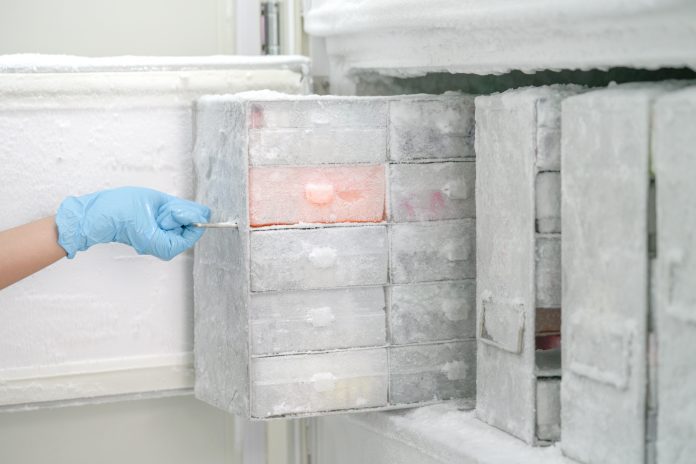The World Health Organisation (WHO) asked Ukrainian scientists to destroy disease-causing microorganisms, also known as pathogens
The sobering request, reported exclusively by Reuters, suggests that the health organisation fears that a deadly pathogen could be released via Russian bombardment of laboratories.
WHO offered help to Ukraine on laboratory practices
Laboratories containing research on public health require delicate handling of disease-causing microorganisms. Scientists who are employed in similar places follow a rigorous protocol to ensure that they don’t carry a pandemic-causing microorganism out into the world.
The WHO monitors global efforts that could risk a containment spill, as part of the organisation’s official work. The organisation ran a four-day workshop in support of lab reforms alongside health-care reforms, ongoing at the time in Ukraine.
In a 2018 progress report, the WHO noted that seven public health laboratories in Ukraine had been assessed. Among them, three laboratories in Donetsk, Lugansk and Mariupol.
Speaking to Reuters via email, the WHO said: “As part of this work, WHO has strongly recommended to the Ministry of Health in Ukraine and other responsible bodies to destroy high-threat pathogens to prevent any potential spills.”
What is a deadly pathogen?
According to research in BMC Biology, a pathogen is “usually defined as a microorganism that causes, or can cause, disease. We have defined a pathogen as a microbe that can cause damage in a host.”
There appears to be some debate about defining lines, with the same authors writing that there were no inherent differences between pathogenic and non-pathogenic microorganisms. Essentially, the scientists say that a non-pathogen can become disease-causing – in the body of a host or in a laboratory.
They further said: “The same microbe could exist in pathogenic and non-pathogenic states.”
Ukraine braces for polio outbreak alongside war
COVID is wrecking public health damage across the globe, including among the Ukrainian population – with only 34.5% of the population double-jabbed against the life-threatening virus.
Outbreaks could significantly compromise the mortality of an already vulnerable population, which is experiencing a polio outbreak. 140,000 children were due to be vaccinated against polio, a spinal-cord impacting virus, but the vaccination campaign is on hold due to Russian violence.
Reflecting on the disruption, the Global Polio Eradication Initiative (GPEI) commented: “Surveillance to detect and report new cases of polio is also disrupted, increasing the risk of undetected spread of the disease among vulnerable populations. The GPEI is working to urgently develop contingency plans to support Ukraine and prevent further spread of polio.”
“Surveillance to detect and report new cases of polio is also disrupted”
The WHO did not confirm if these instructions were followed in time, or the exact nature of the pathogens involved. However, there was no factual assessment of any biowarfare weapons – these laboratories are focused on health research.
Russian forces have so far fired on nuclear reactors across the country, hospitals and humanitarian corridors.











